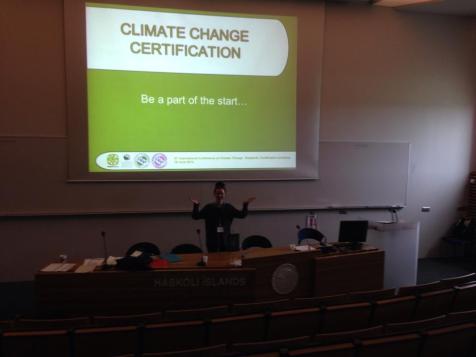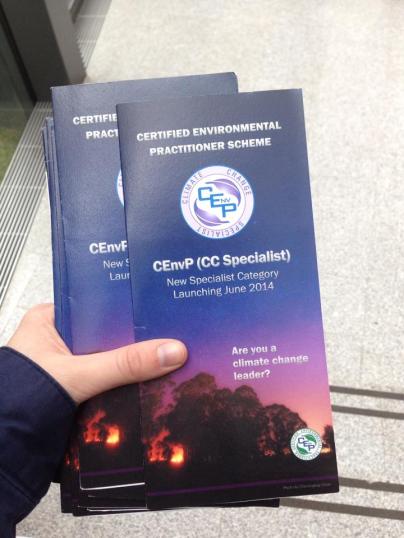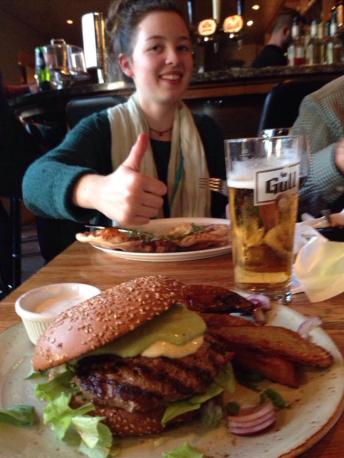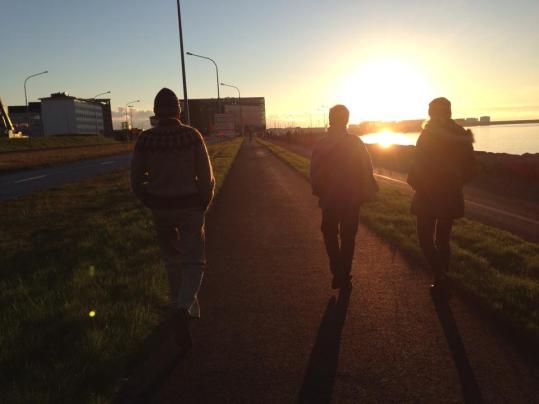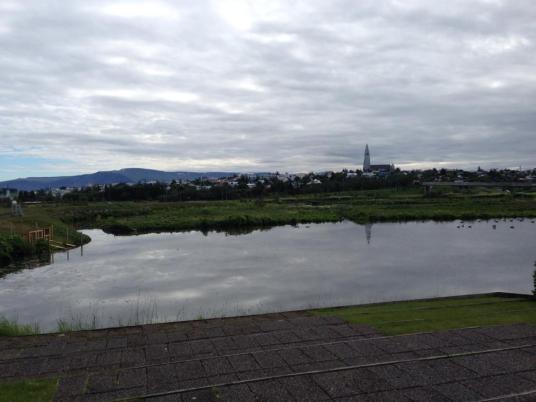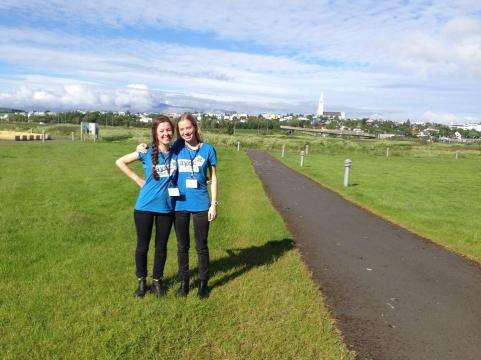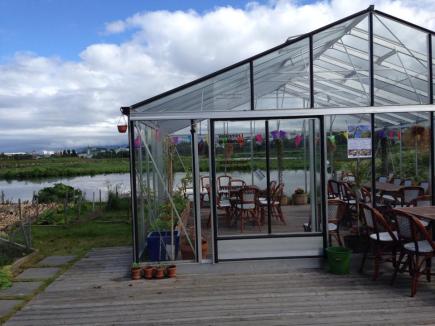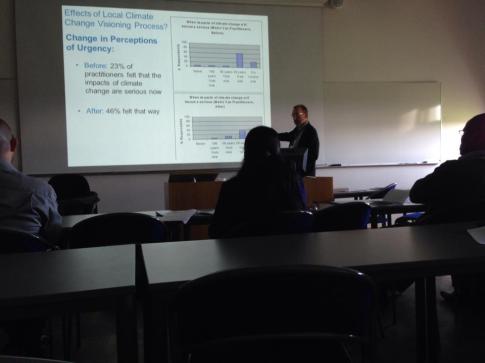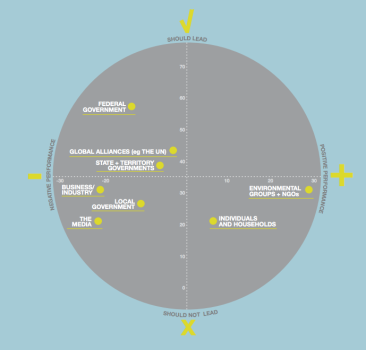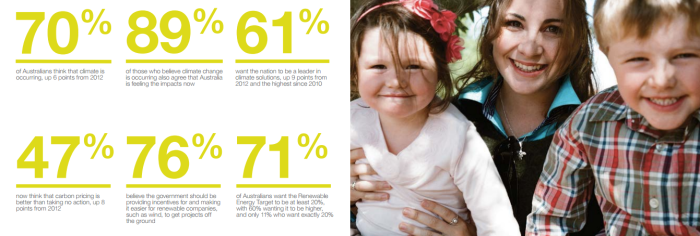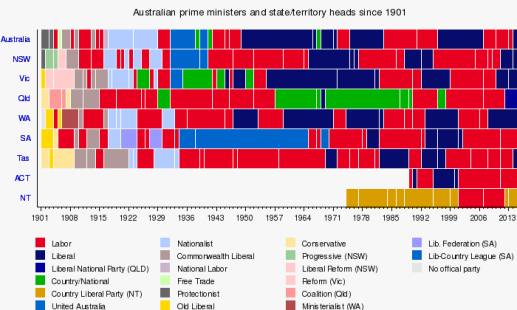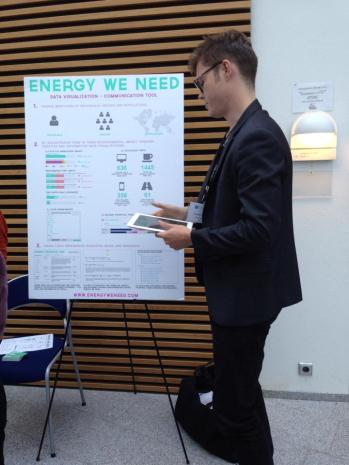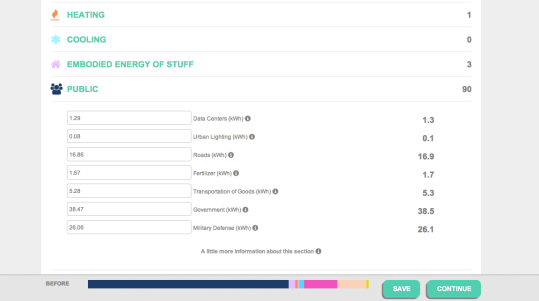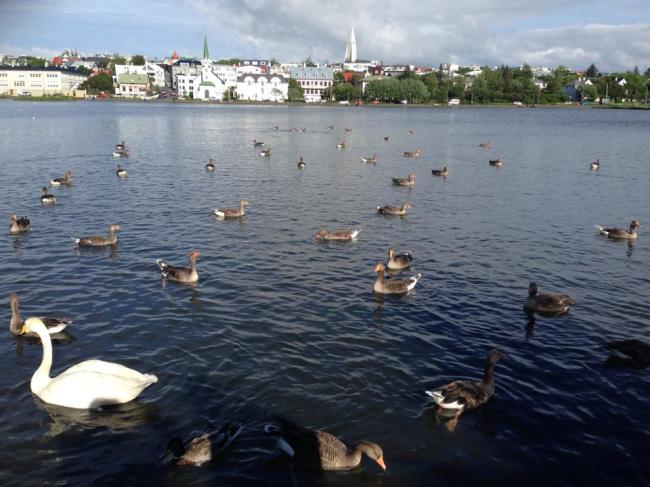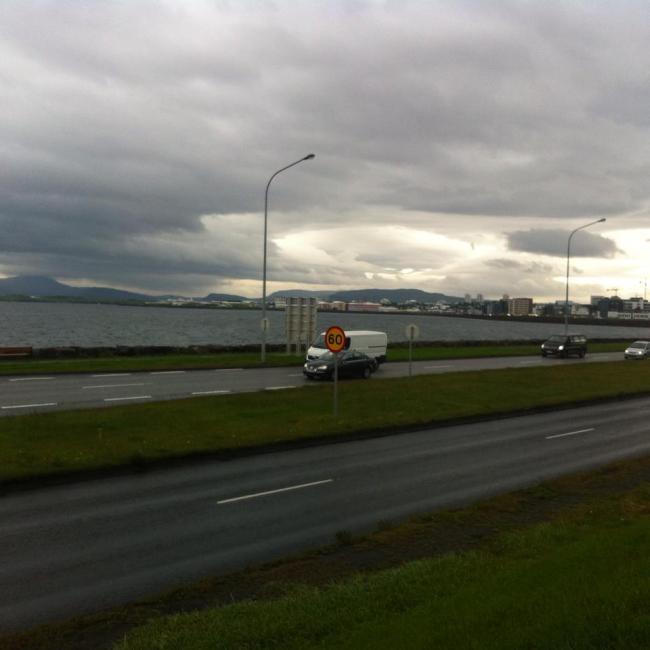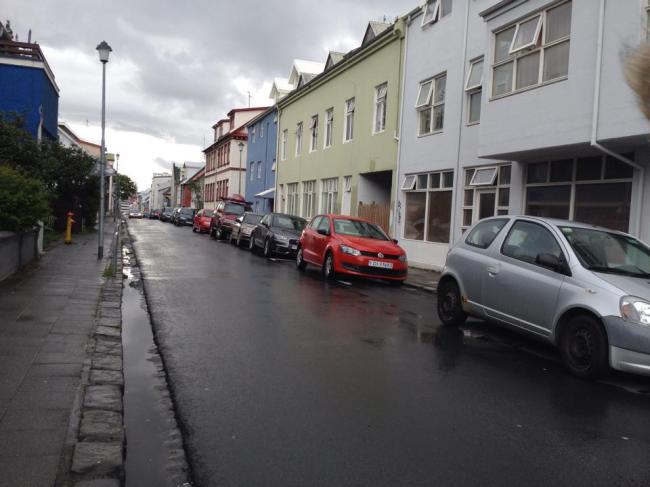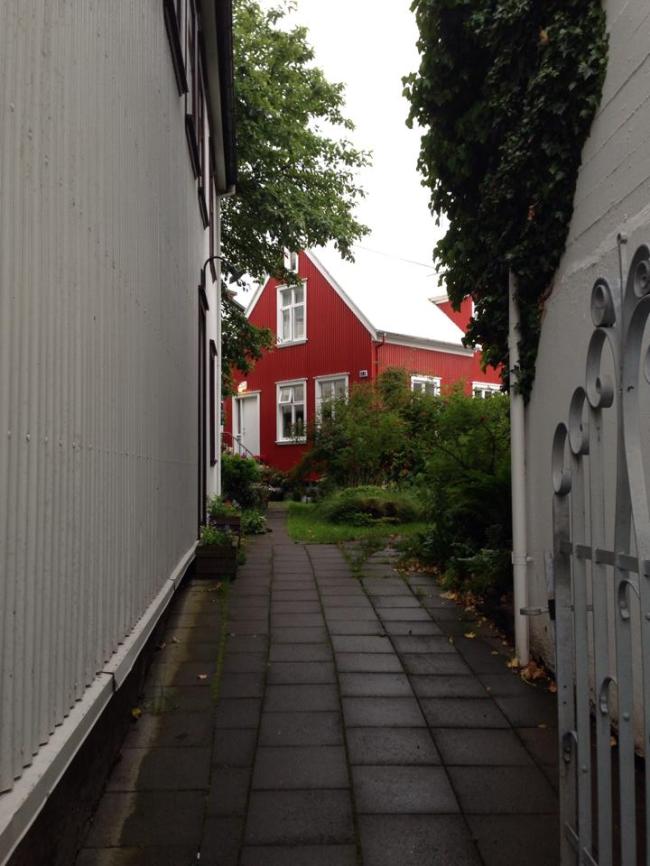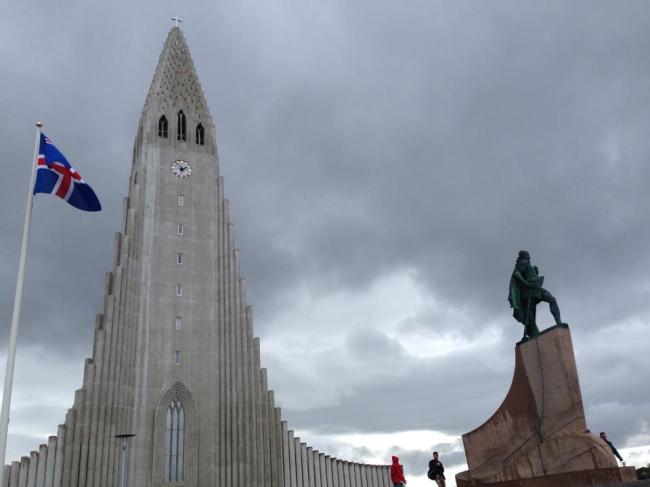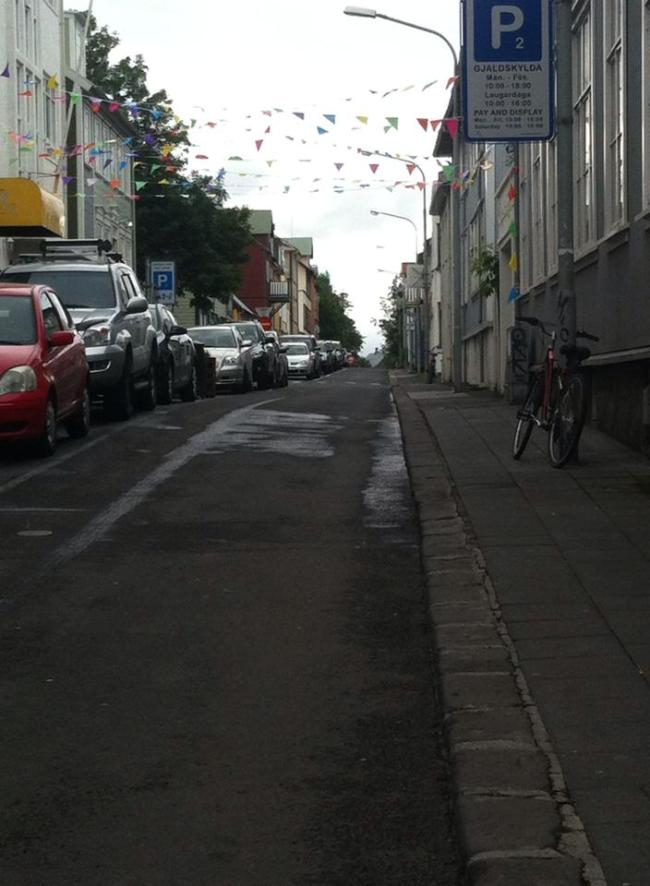This morning we picked up Glenda our trusty campervan and left the city for the big outdoors! Leaving Reykjavik we saw small houses scattered over the hillside and steam rising from the sides of hills. This steam marked geothermal hotspots (there are SO many in Iceland) and we saw a huge geothermal electricity plant with a long zig zagging pipeline and powerlines transporting heat and electricity away and to the plant and city. Iceland gets 87% (apparently) of its power from geothermal energy, which sounds very impressive but now we have seen the huge amount of activity happening it would be a huge waste not to harness it.
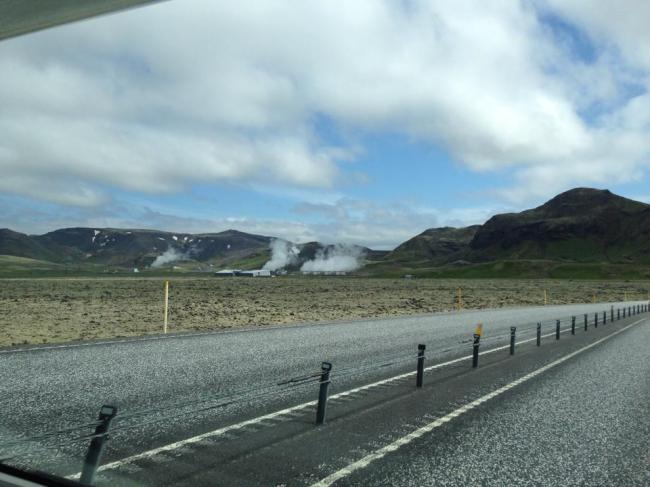
A geothermal plant
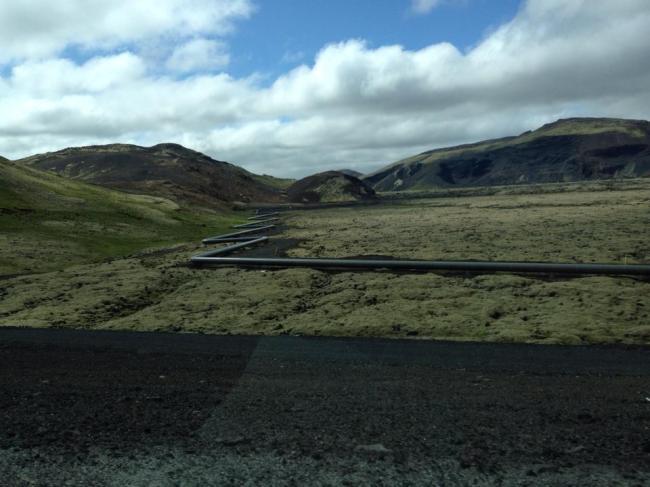
The Pipeline
We travelled to a valley where we hiked for 45mins to a stream that runs hot, heated by the earth. These rivers and waterfalls we have seen, swum in and crossed throughout Iceland so far run from sources such as springs and glaciers. Iceland is a hardy yet fragile country and it is so obvious to everyone here that climate change is and will completely change the entire country. With glaciers melting river’s volume and courses will change, impacting on farms, animals and the landscape. Iceland will experience even more erratic weather patterns than it currently does (they’re already ridiculously up and down and extreme).
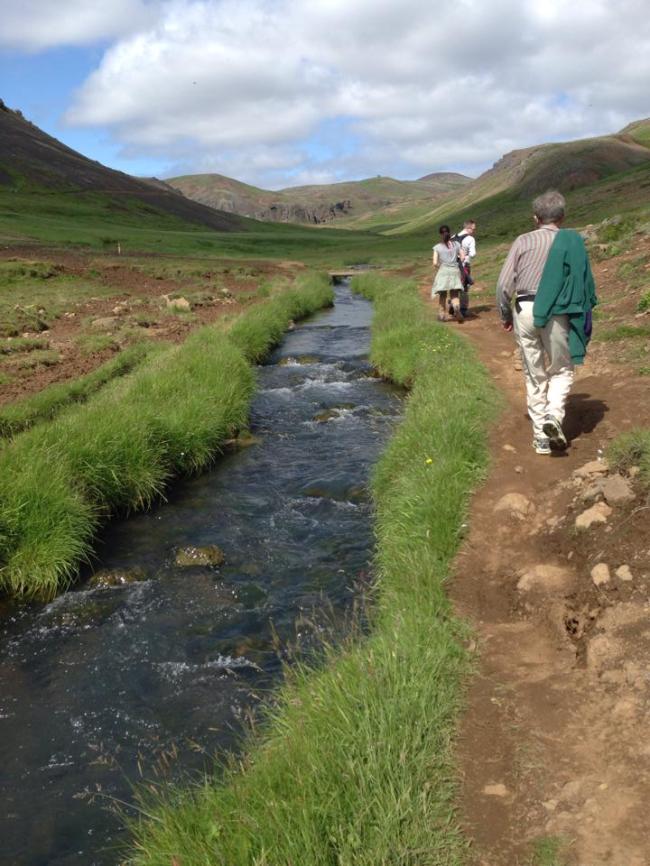
The hot stream
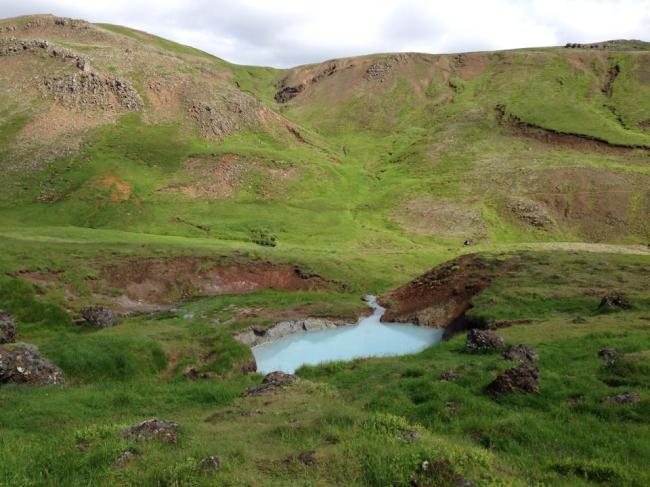
Geothermal hotspot
In saying this, we tried to capture with our eyes and remember the extraordinary landscape as much as we could, knowing that if we ever came back to see this part of the world, it wouldn’t look the same. To say the least, we were speechless. The 45 minutes walk to the hot streams was one of the most memorable moments of our lives. We couldn’t fathom that these sweeping hills, covered with bright green creeping moss, were so untouched and perfect. Black, ashy volcanic rock covers most of the slopes, which makes for amazing colour contrast.
Fluoro green against stark charcoal = insane.
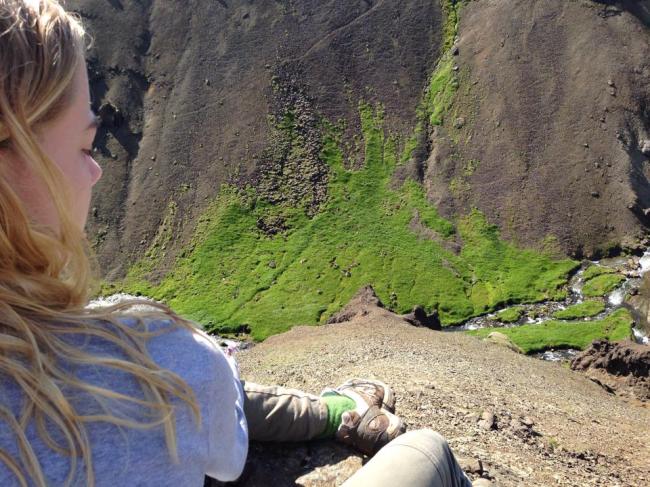
Black and green, black and green
It was like we were on another planet. We hiked through steam clouds that emanated from bright blue acidic boiling pools just metres from the path. As you can imagine, after we finally reached the hot springs we were in need of a break, to cool off our bodies and our minds.
The hot springs were a whole new experience in themselves. I wish I could describe it to you, and even the photos don’t do it justice. You’ll just have to imagine us, lying on warm stones, submerged in clear trickling water. If fairies existed they’d live in the banks of the creek, amongst the bright yellow daisies and soft moss.
Refreshed and ready for more we did a sneaky and innovative towel change (very Mooloolaba beach inspired) and started our hike back down to good old Glenda. Our way back somehow seemed to be even more amazing. We got different views and angles than we did before and it was much easier because it was all down hill from now. We found an edge of a mountain ledge and sat in silence for a while – looking in awe at the other side of the crevasse where numerous waterfalls cascaded down the opposite mountains.
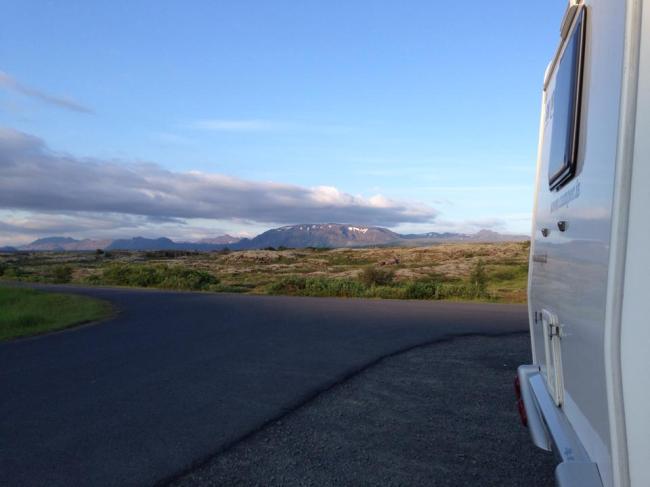
GLENDA!
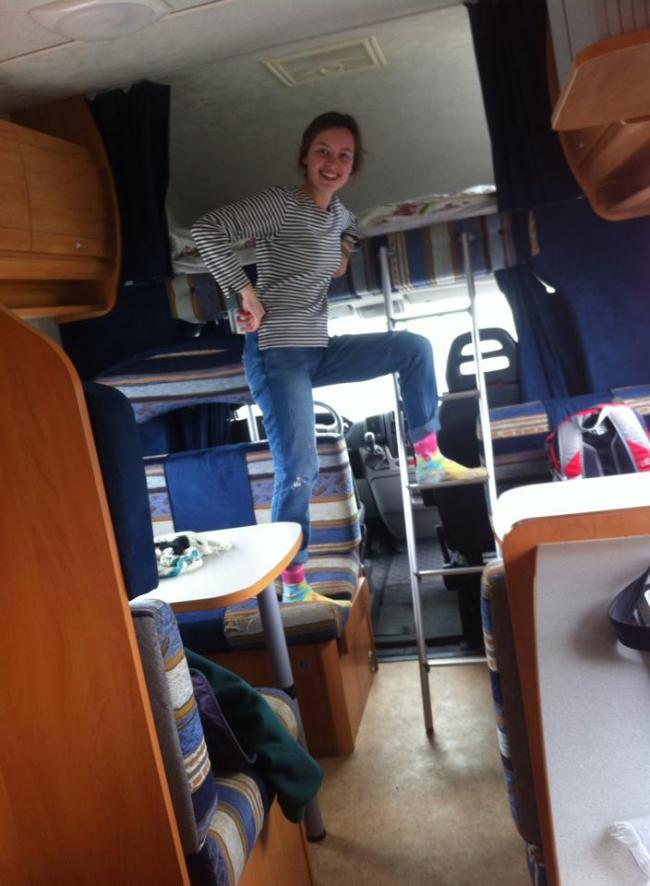
In the campervan
We had tea and biscuits outside Glenda on some table and chairs. It looked ridiculous, four small bodies with a huge foreboding mountain as a backdrop.
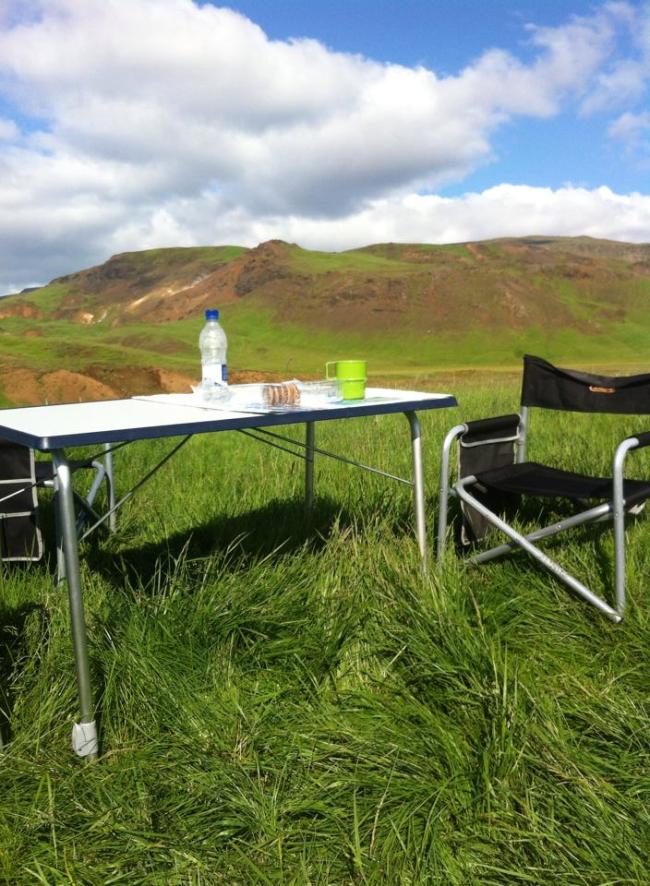
Tea break
Next stop: Pingvellir National Park
 ,
,
Entering the National Park
Glenda got us to marshy, shrubby parklands and we jumped out, ready for more but knowing that it couldn’t really get much better than Hveragerdi.
Oh but it did…
A stroll around the national park meant visiting these seriously significant natural and historical sights all in the vicinity of 1km of each other:
- The rock on which the first parliament was held
- The first Christian church in Iceland
- The diverging tectonic Eurasian and North American plates
- One of most magnificent waterfalls we’ve ever seen, and that’s saying something

Lava flow turned rock
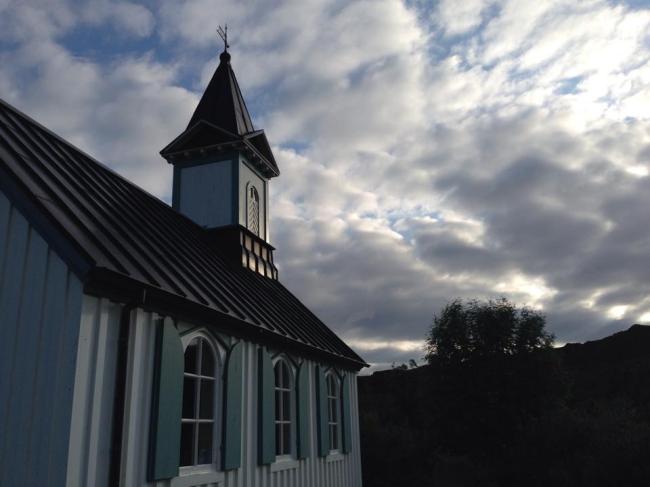
The tiny church
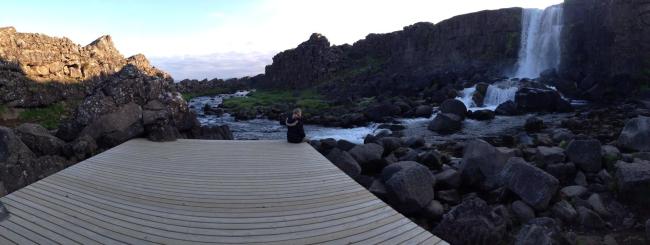
The super cool waterfall
We lay in a field of daisies (we aren’t telling lies, there are really fields of daisies dotted everywhere) and giggled at the absurdity of our lives and the number of life memories we had made in just one day exploring this wild part of Iceland.
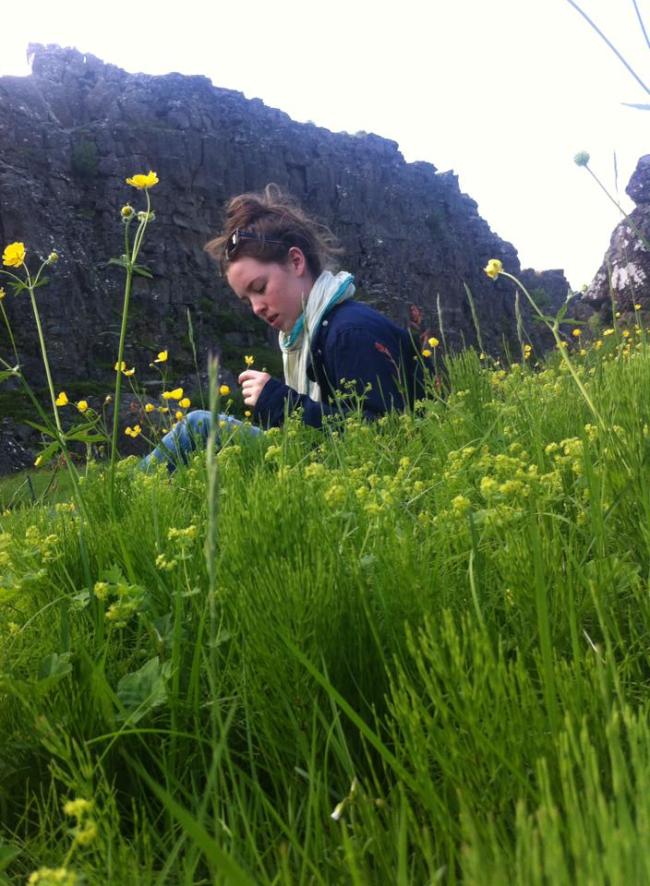
We returned to Glenda, warm toasty Glenda, who looked beautiful in the midnight sun, might we add. We cooked pesto pasta and sat feeling super cosy inside while the clouds came in. Today was absolutely incredible and we have extremely high expectations of Iceland, though knowing this phenomenal country it will somehow manage to exceed them.
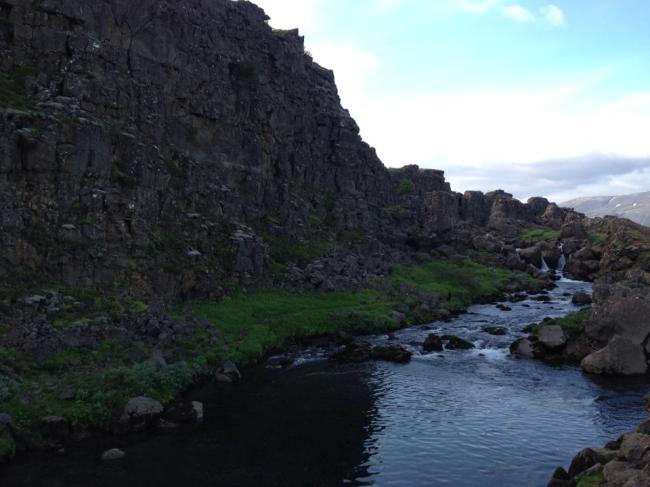

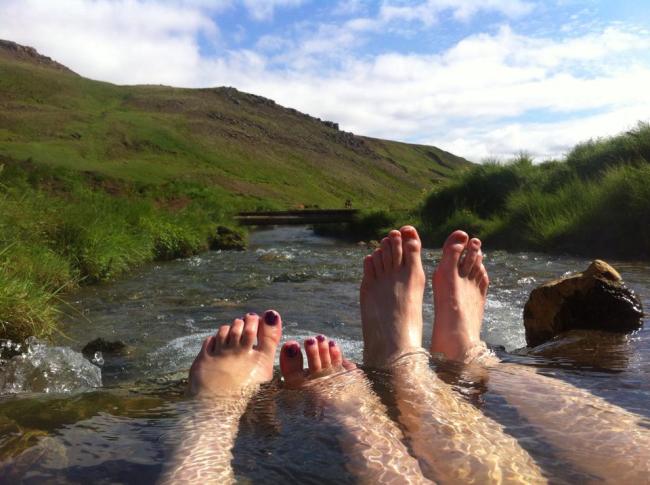
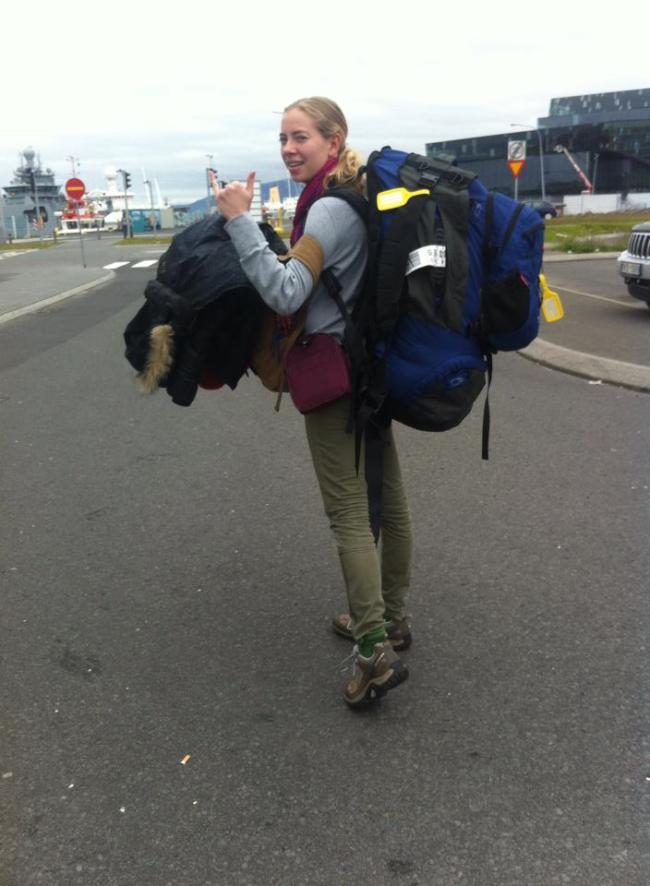

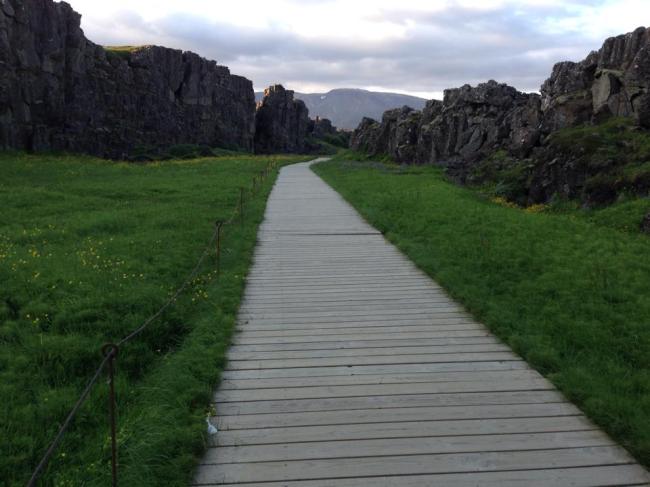
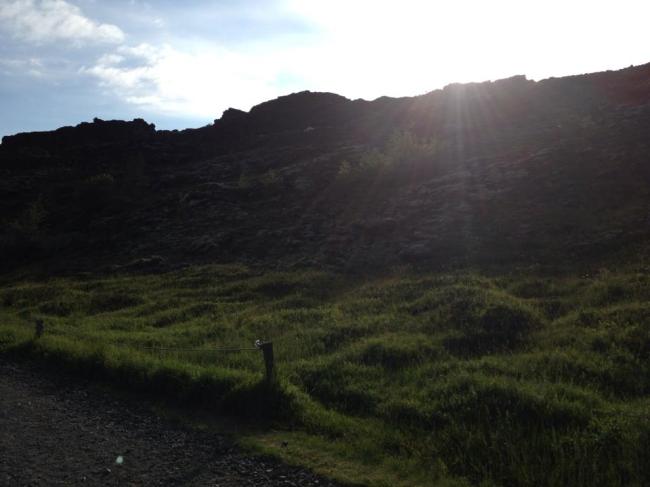
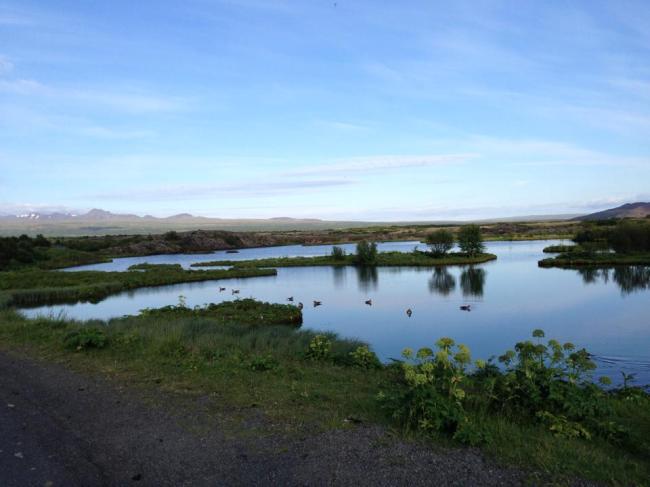

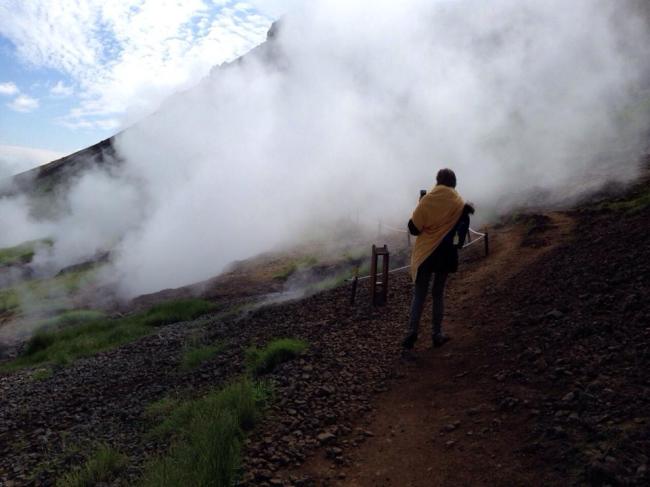

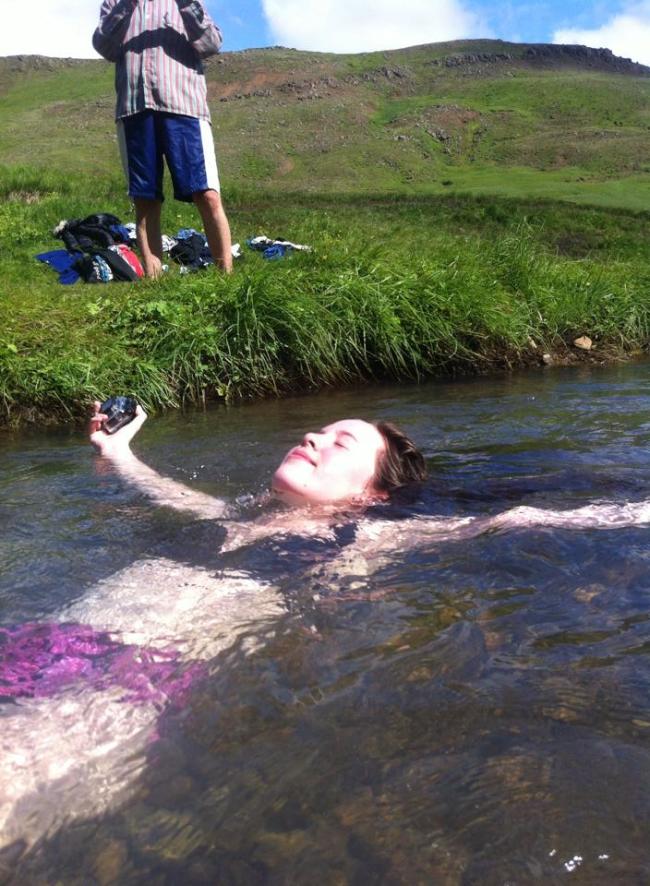
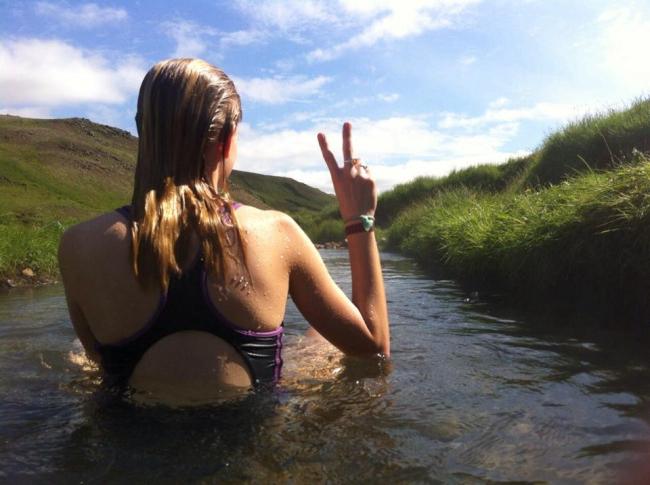
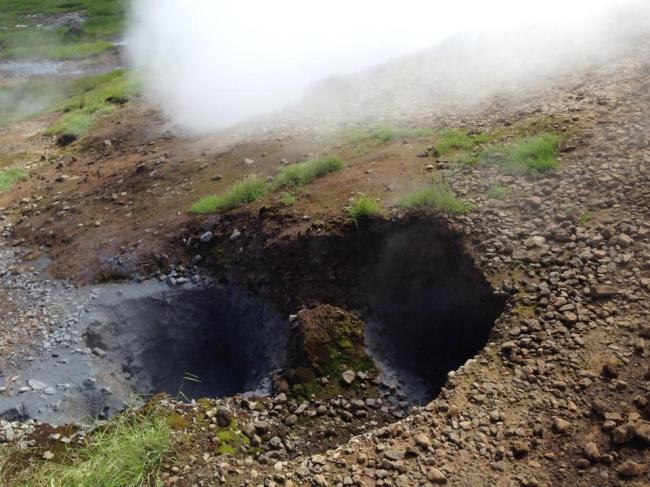
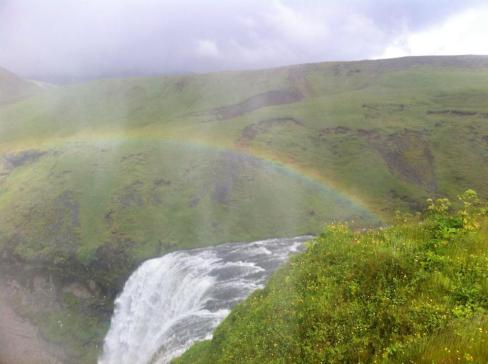



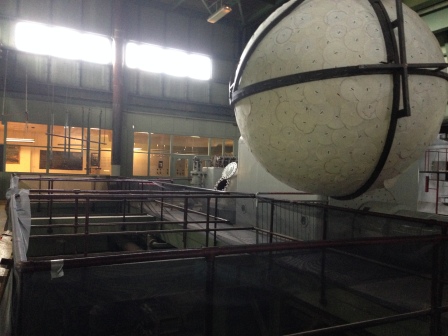

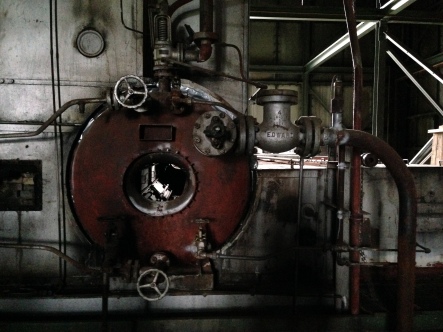


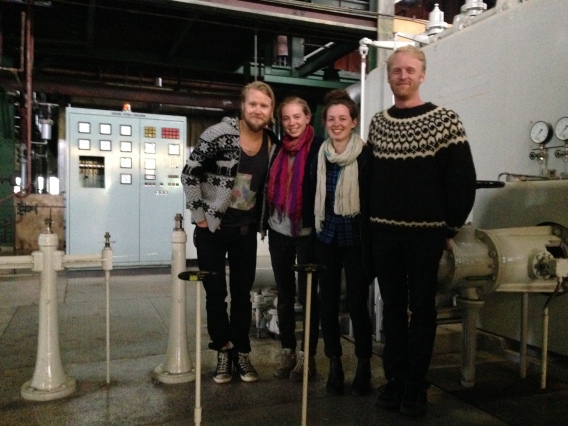
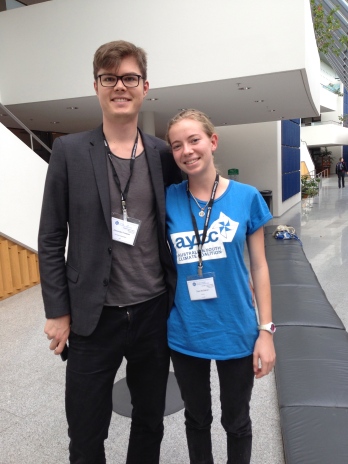
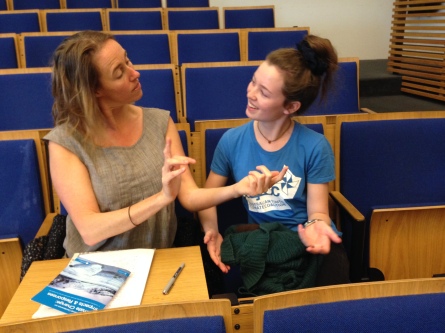

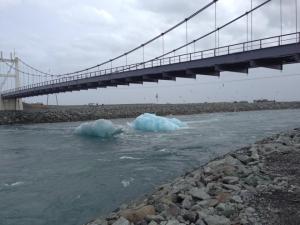
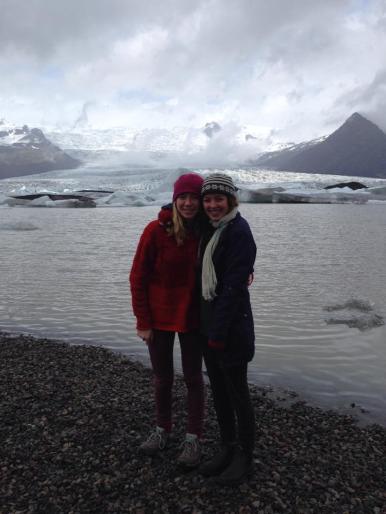
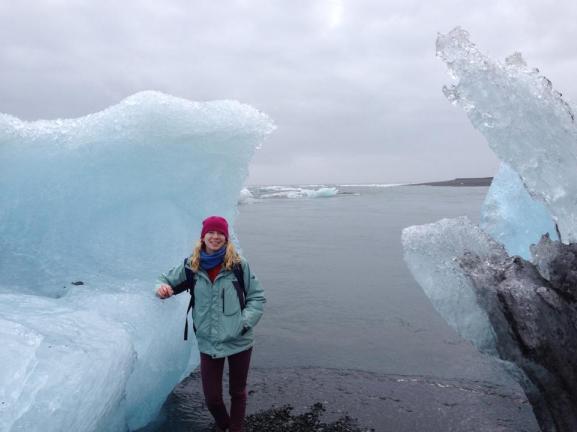

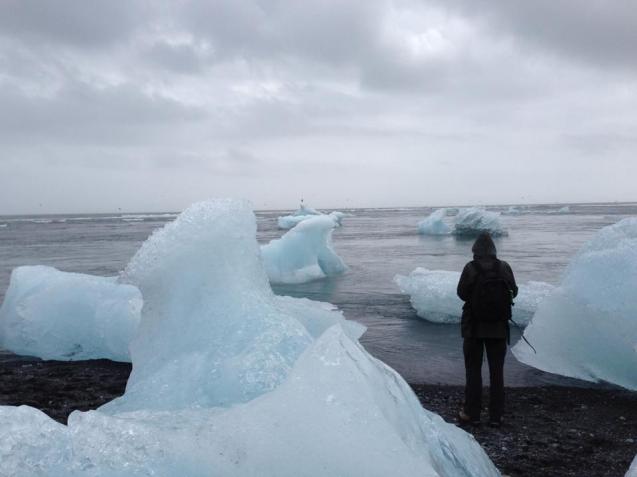
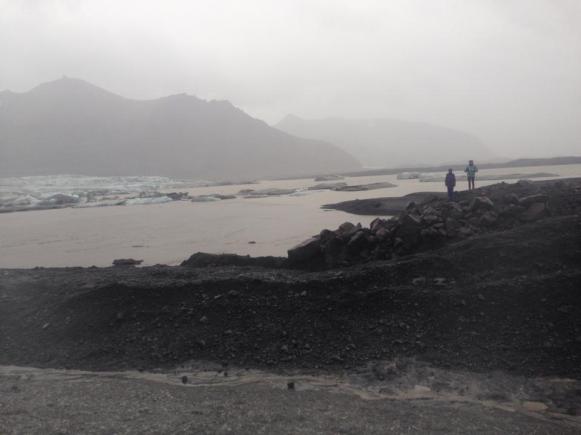
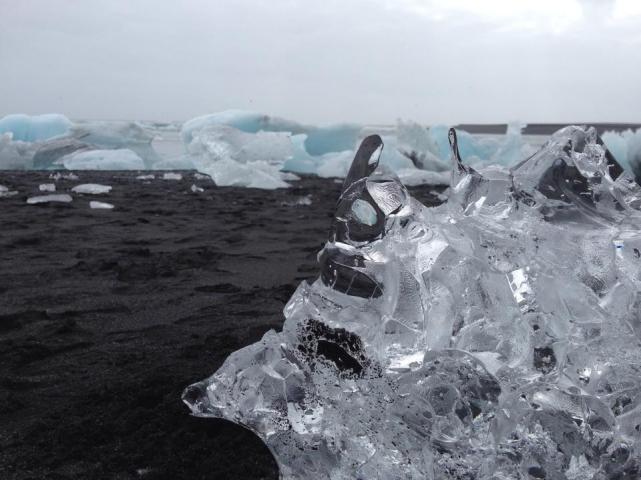
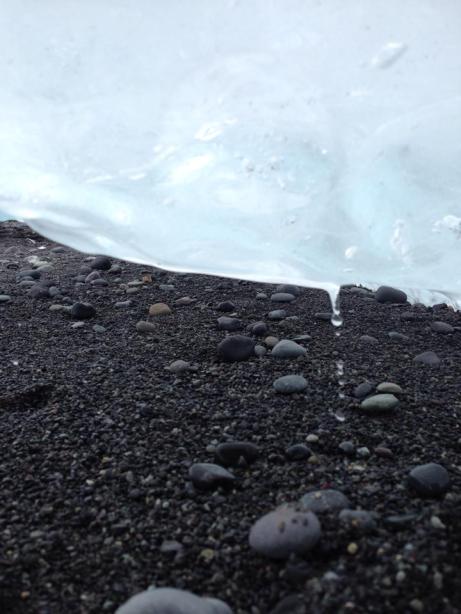

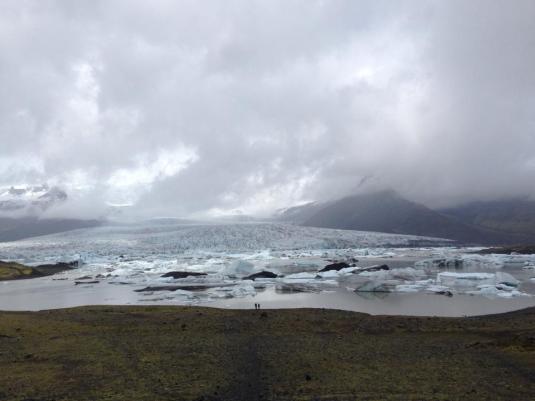
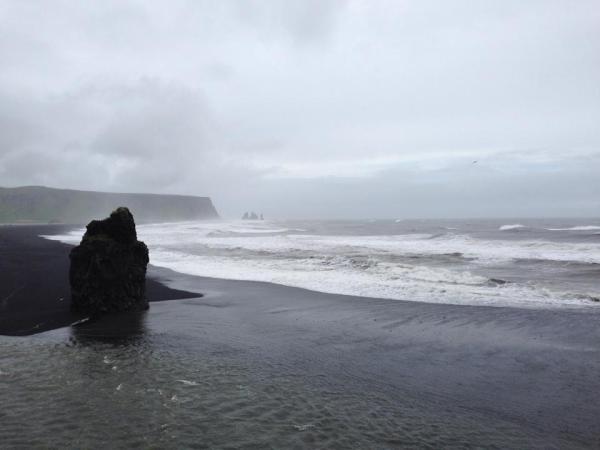
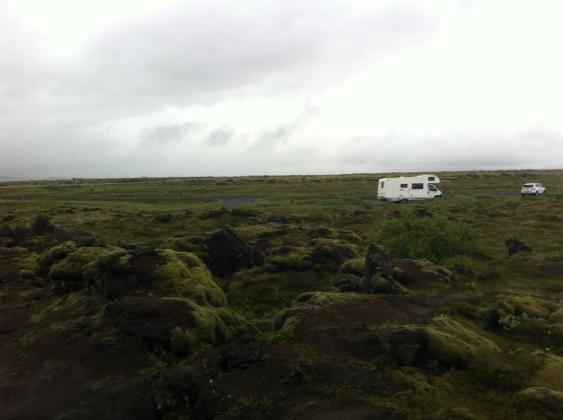

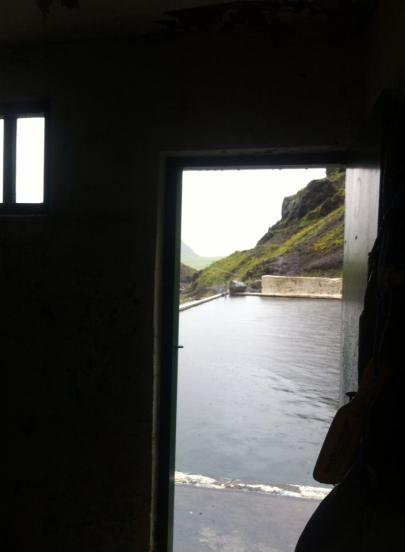
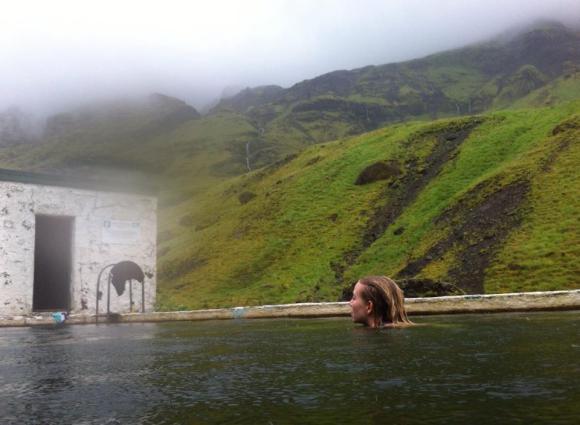


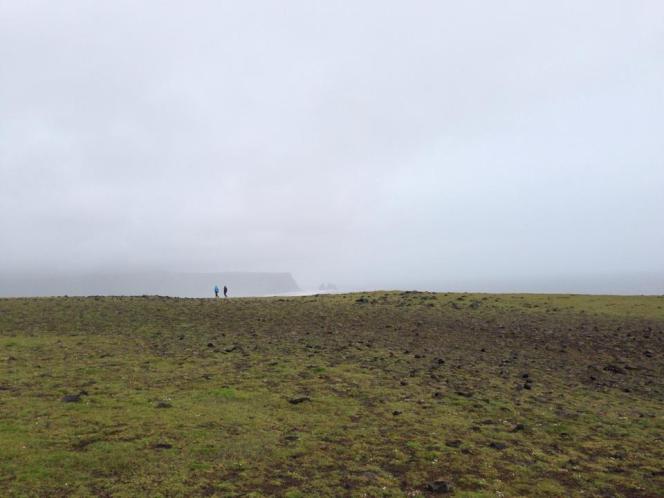
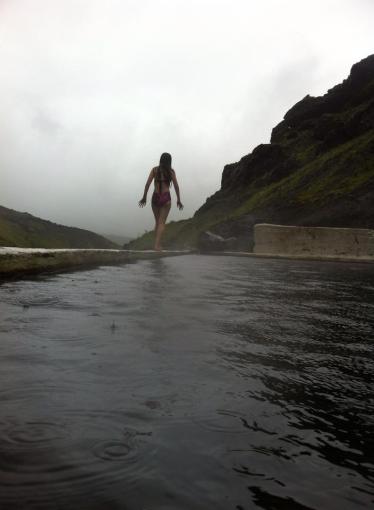
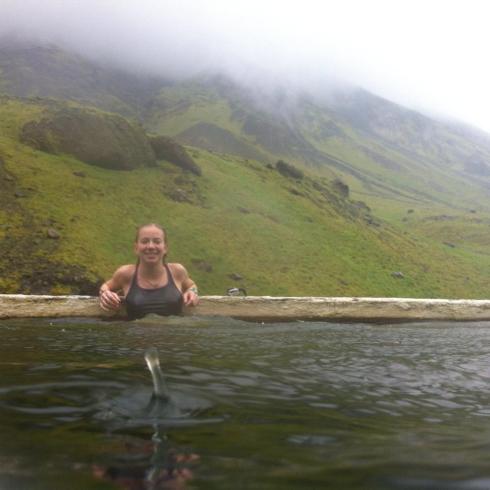
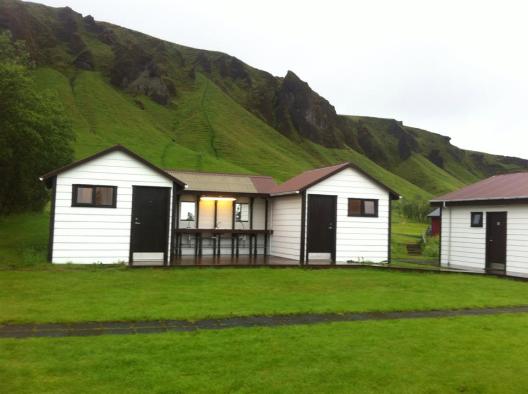
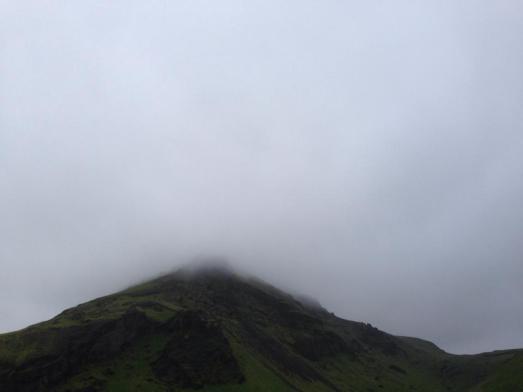

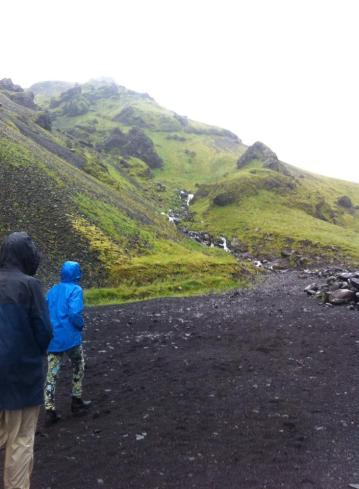

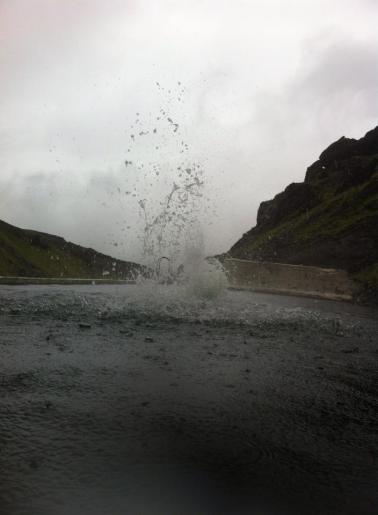
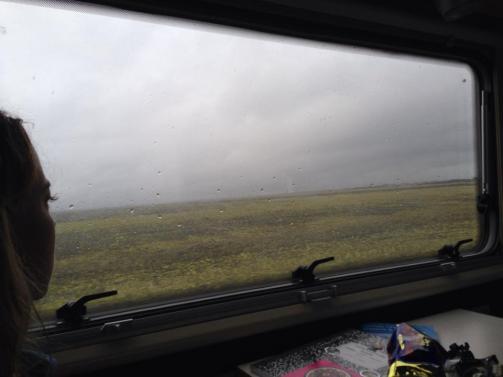



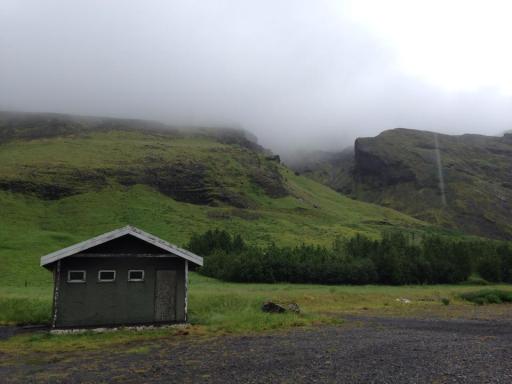




























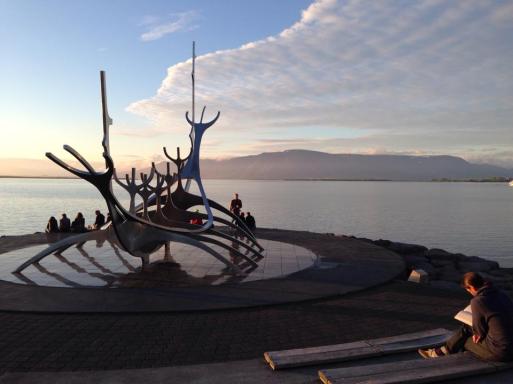
 Us with Dr Nancy Mackin
Us with Dr Nancy Mackin